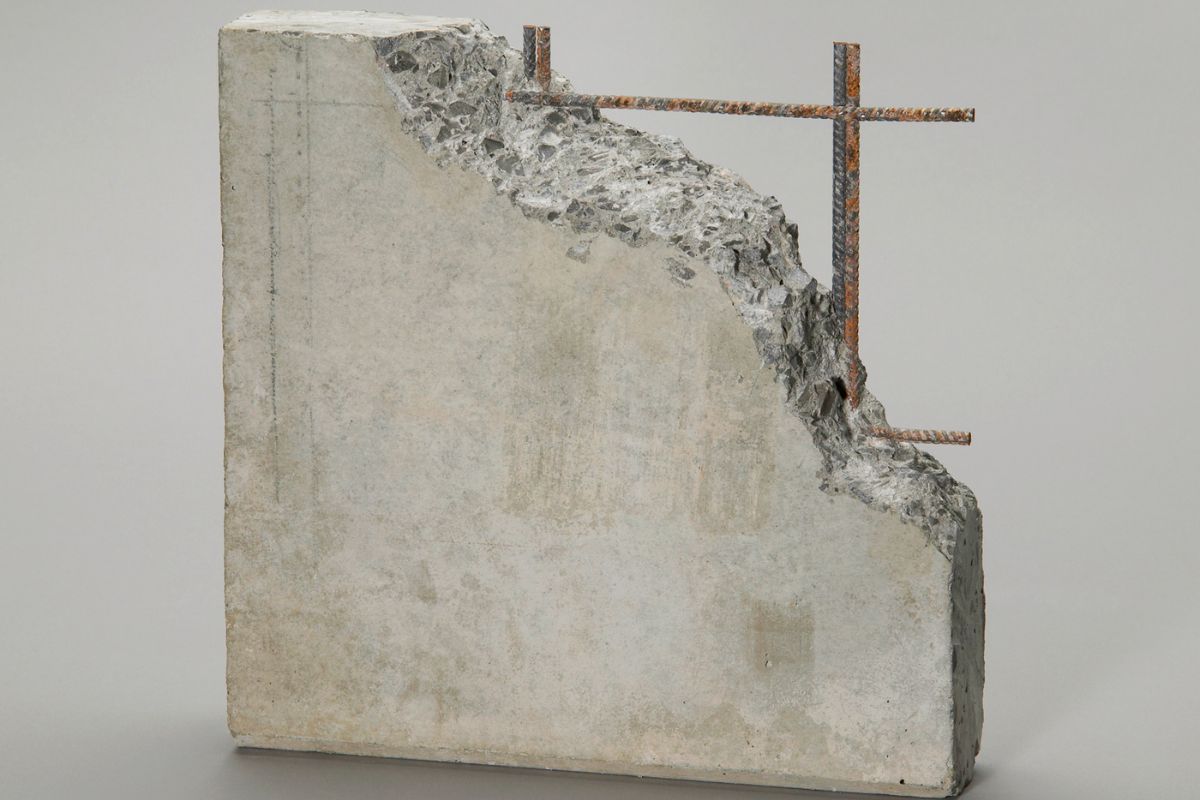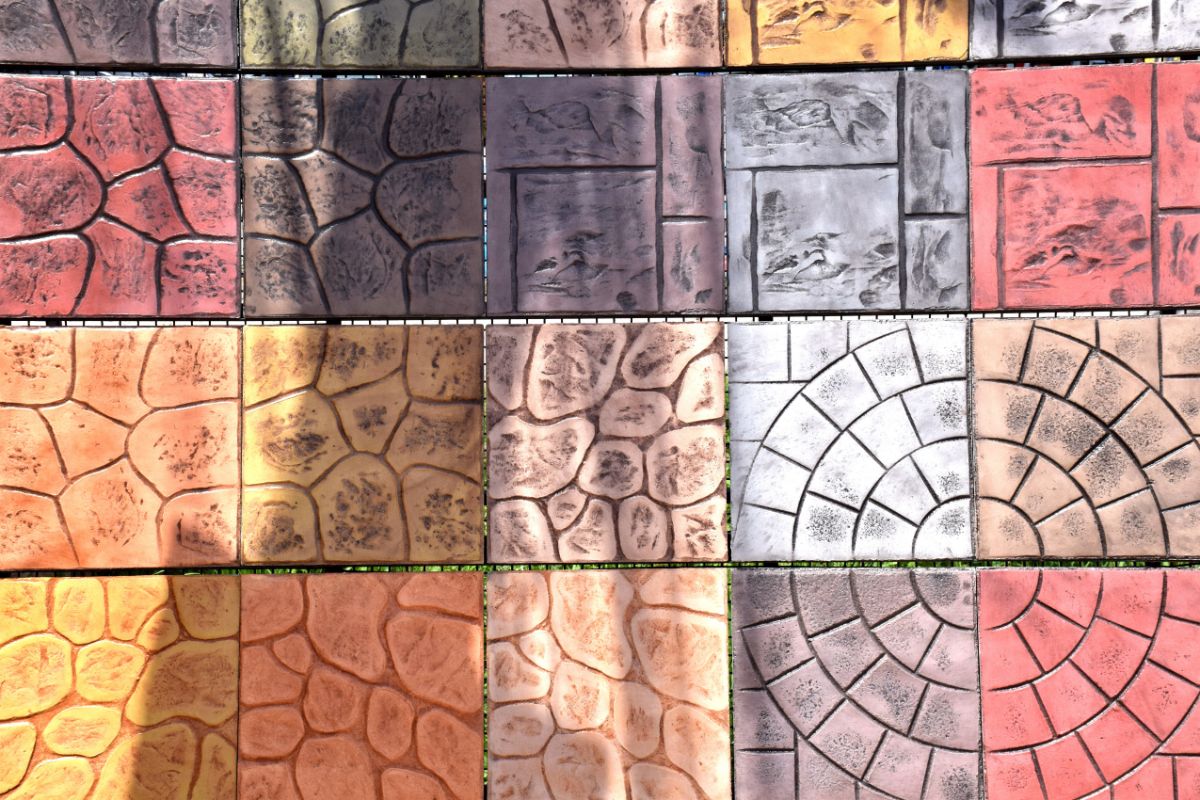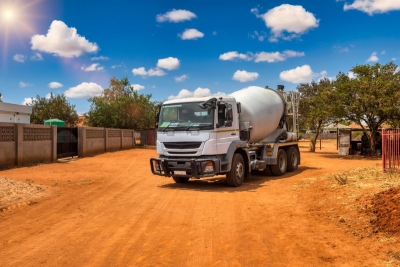Updated: February 5, 2024 | Originally Posted: December 10, 2018
As Eastern Missouri's leading concrete supplier and delivery company, Arnold Ready Mix has the answers to the concrete delivery FAQs you are wondering about. Whether you are interested in concrete and cement for small, do-it-yourself projects in Eastern Missouri or need information for a large commercial construction pour, you can rely on Arnold for expert advice that ensures your project's success.
Most concrete delivery FAQs we receive fall into one of three categories: general knowledge, design and maintenance, or delivery.
Concrete Delivery FAQS - General Knowledge
What's the Difference Between Concrete and Cement?
Although the terms are often interchangeable, they refer to different materials with distinct properties and purposes.
The most fundamental difference is that cement is one of the ingredients used to make concrete, while concrete is the final composite material used in construction.
For a detailed description of these differences, see our blog Cement and Concrete - What Is The Difference Between The Two?
How is Cement Made?
Manufacturing cement requires a very precise process, but the basic steps are:
- Extraction of raw materials from mines and quarries.
- Preparation of raw materials (grinding).
- Clicker production (superheating raw materials to form small, hard modules).
- Combining clinker with aggregates and re-grinding to a fine powder.
Of course, each step requires hard work and an understanding of the chemical processes involved.
What Types of Cement Are Available?
There are many different types of cement used in concrete. Even the most common mix, Portland cement, has eight variations for specific applications.
Type I, IA: For general uses, such as in home improvement or other projects without contact with groundwater. If air-entrained concrete is needed, Types IA, IIA and IIIA are used (depending on the project's exact specifications).
Type II, IIA: This is used in hotter climates or when the surrounding soil or groundwater contains moderate sulfate.
Type III, IIIA: This type is proper when a high-strength is required during an early stage, generally for seven days or less.
Type IV: Typically, Type IV is used on large-scale concrete structures where concrete strength is essential.
Type V: For use when the surrounding soil or groundwater has a high sulfate count.
Why Does Concrete Harden Under Water?
The presence of water does not hinder the hardening and strength development of concrete; instead, it is a crucial component of the process of "hydration," where the cement in the concrete mixture reacts with water to form a solid, bonded matrix.

What Are the Recommended Proportions for a Good Concrete Mix?
The recommended mix for concrete varies by application. A general rule of thumb includes these three components:
Cement: one part cement to three parts aggregate (sand and gravel).
Aggregate: two parts fine aggregate (sand) and four parts coarse aggregate (gravel).
Water: 0.5 to 0.6 parts water for every part of cement.
While this may be the general rule of thumb, remember that the specific proportions may vary based on the concrete's intended use, the environmental conditions, and any additional additives used in the mix.
To ensure a successful concrete pour and get the answer to this concrete delivery FAQ specifically for your project, we recommend following the recommendations of a structural engineer or the trusted experts at Arnold Ready-Mix.
What Determines Concrete Strength?
Another of the more common concrete delivery FAQs is how concrete strength is determined. Your ready-mix concrete delivery company can help you determine the key factors influencing the concrete's final strength. Here are some essential components they will consider:
- Composition of the Mix
- Curing Process
- Quality of Materials
- Admixtures
Concrete Delivery FAQS - Design and Maintenance
What Decorative Finishes Are Available?
Several decorative finishes can be applied to concrete surfaces to enhance their appearance and functionality. Some popular decorative finishes for concrete include:
- Stamped Concrete
- Stained Concrete
- Polished Concrete
- Exposed Aggregate
- Epoxy Coatings
- Concrete Overlay
- Scored or Grooved Patterns
These decorative finishes offer a wide range of design possibilities, making concrete a versatile and attractive option for both indoor and outdoor applications.

How to Remove Stains from Concrete?
The method for removing stains from concrete depends on the type of stain:
Oil-based: Use a commercial degreaser or apply cornstarch or cat litter to absorb the oil, then rinse and scrub the area with a mild detergent and water.
Rust: Apply a commercial rust remover (or create a paste with water and laundry detergent) and let it sit for some time before scrubbing the area.
Organic (such as mold or mildew): A mixture of bleach and water can be applied to the affected area, let it sit for a while, and then scrub the stain.
Pressure washing and other concrete cleaners: These options can also effectively remove various surface stains.
Why Does Concrete Crack?
One of the most common concrete delivery FAQs we hear has to do with cracking. Concrete cracks for many different reasons:
Shrinkage: Concrete can shrink during the curing process, resulting in cracking, especially if proper measures, such as control joints or reinforcement, are not in place to manage it.
Excessive Loading: Heavy or repeated loads can cause concrete to crack if it is not designed to withstand the specific stresses.
Temperature Changes: Extreme temperature fluctuations can cause concrete to expand and contract, leading to thermal cracking.
Settlement: Uneven or inadequate support beneath the concrete, such as poorly compacted soil or inadequate base material, can lead to settlement cracking.
Chemical Reactions: Certain chemical reactions, such as sulfate attack or alkali-aggregate reaction, can lead to expansive forces within the concrete, resulting in cracks over time.
Poor Installation: Inadequate concrete placement, finishing techniques, or improper curing can contribute to cracking.
Understanding why concrete cracks occur can help you prevent and address any issues on your slab.

Concrete Delivery FAQS -Delivery Questions
How Do You Know if the Concrete Delivery Truck Delivers the Correct Amount?
One clue is the actual volume, which is based on the cement, aggregate and water quantity when mixed.
The weight of a small amount of product can be used to determine the total weight. Usually, the sample used is a quarter of a cubic foot. Also, many concrete suppliers prevent customers from receiving less concrete than ordered by producing about ½ percent over the yield ordered.
Tip: Use our handy Calculator to help estimate how much concrete you need for your project.
Do You Need a Concrete Pumping Truck For Your Project?
You may need a concrete pumping truck for your project under the following circumstances:
- Limited Access
- Long Distance Placement:
- High-Rise Construction
- Large Volume Pouring
- Complex Shapes and Designs
- Reduced Labor Requirements
When you speak with your local concrete delivery company, they will help you determine if a concrete pumping truck is necessary for your project.
How Important is Plant Location When Considering a Concrete Delivery Company?
This is one of the concrete delivery FAQs we hear the most often. The closer the plant is to your project, the more time you have to work with it before the setting and curing process begins. Typically, Portland concrete starts to set within 30 minutes to 2 hours after mixing at the plant.
The final setting time is usually 6-8 hours after the pour, and the final curing and strength development can take several days to several weeks.
With so much at stake, you need a concrete delivery company with a reputation for using high-quality materials and multiple plant locations that can guarantee the delivery of freshly mixed concrete to your site in as short a time as possible.
Arnold Ready-Mix - Eastern Missouri's Trusted Concrete Supplier and Delivery Company Since 1963
This blog provided the answers to some of the most common concrete delivery FAQs, but there is nothing quite like getting an expert's take on your project. At Arnold Ready-Mix, we have been helping our friends and neighbors in Jefferson County with trustworthy, reliable advice and concrete delivery since our doors first opened in 1963. We are family-owned and operated, and we strive to treat each of our customers as part of the family, whether they need 2 yards or 100 or more delivered to their worksite.
Contact us today for your free quote and learn why Missourians trust their concrete needs to Arnold Ready-Mix.


